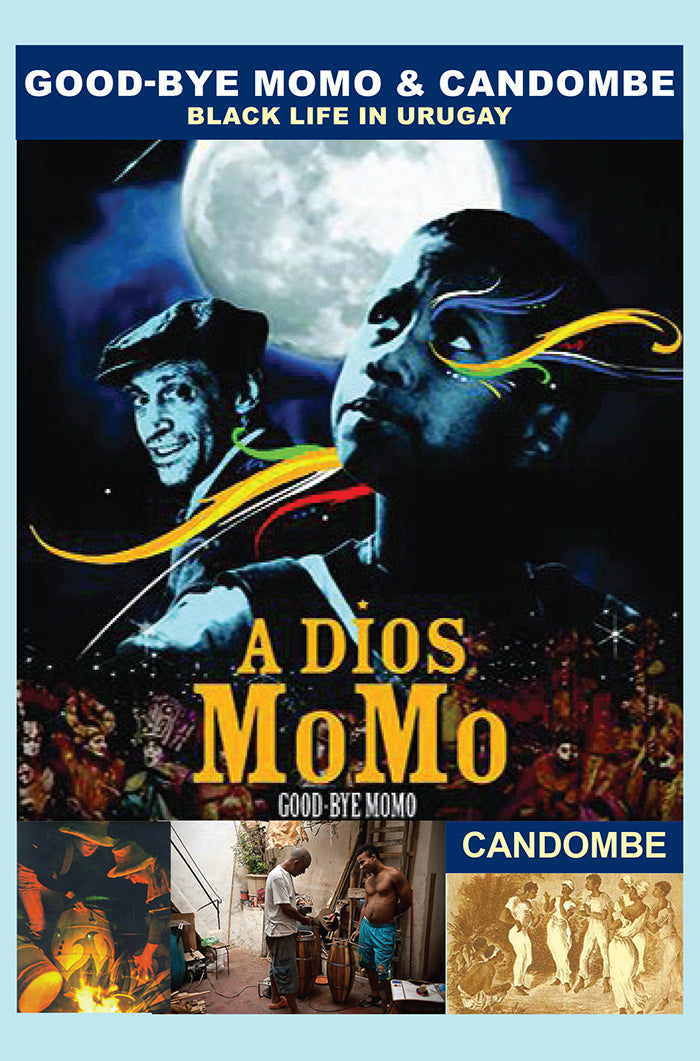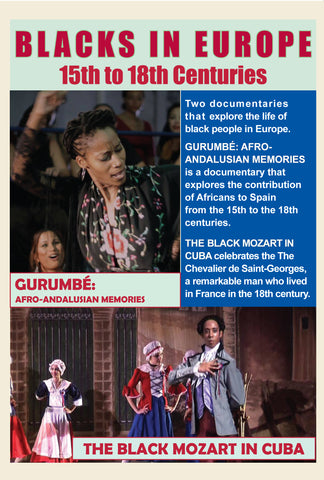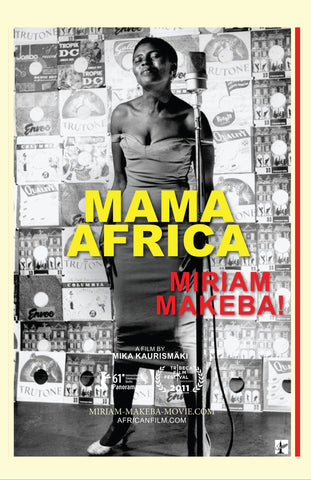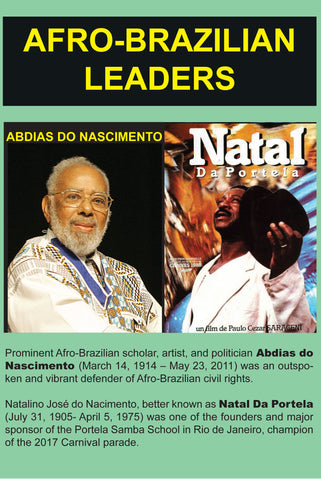ADios Momo / Good-Bye Momo + Candombe, Black Culture in Uruguay
Previous Product Next Product$12.95 $9.95
Many in stock
 Obdulio, an 11-year-old Afro-Uruguayan boy, can neither read nor write and lives with his sisters and grandmother and helps support them by selling newspapers - One evening, he discovers that the night watchman at the newspaper is a magical Maestro, who introduces him to the power of literacy and the meaning of life - Against the backdrop of Uruguay's provocatively stimulating carnival, the Maestro teaches Obdulio about life through the lyrics of the Murgas, the songs of the carnival. In the tradition of magic realism, director Leonardo Ricagni uses the carnival atmosphere to transport viewers to an enchanted time and place where reality and dreams collide.
Obdulio, an 11-year-old Afro-Uruguayan boy, can neither read nor write and lives with his sisters and grandmother and helps support them by selling newspapers - One evening, he discovers that the night watchman at the newspaper is a magical Maestro, who introduces him to the power of literacy and the meaning of life - Against the backdrop of Uruguay's provocatively stimulating carnival, the Maestro teaches Obdulio about life through the lyrics of the Murgas, the songs of the carnival. In the tradition of magic realism, director Leonardo Ricagni uses the carnival atmosphere to transport viewers to an enchanted time and place where reality and dreams collide.
|Urugay|2005| 100min | drama in Spanish with English subtitles | Leonardo Ricagni, Dir. |
"Arriving on wings from Uruguay with hope and heart spilling from every frame is "Goodbye, Momo," Leonardo Ricagni's documentary-textured fairytale about an illiterate boy who dreams of soccer glory while hawking papers on the streets of Montevideo.
It begins by invoking De Sica's "Shoeshine" in all its gritty neo-realist resonance, but soon morphs into the magic surrealism of Fellini's "Amarcord." What brings it home is the specific flavor of of its place, nudged into gently soaring folkloric poetry by an annual 40-night-long community-wide Carnival.
One lesson Ricagni learned well from De Sica and the Italians is that casting the right non-professional is half the story. In this case, it's Mathias Acuna's Obdulio, who lives with his grandmother and younger sisters in a leprous-walled hovel, manfully supporting them all. He gets magical help when the mythical carnival god Momo takes a shine to him, morphing from street mime to newspaper pressroom night maintenance man and writing song lyrics that help Obdulio's life take off (into literacy!) as he sparks the fortunes of simpatico street performers into whose mouths he puts the god's lyrics. A charmer of a kid in a charmer of a movie." By Jay Carr | AMNewYork Movie Critic
" a poetic nod to Fellini, Leonardo Ricagni uses the carnival atmosphere to transport the viewer to a magical place where realism and surrealism live side by side in Uruguay—and what a wonderful place to be. With sweeping directorial vision and gorgeously shot with rich, vibrant colors, A DIOS MOMO achieves a rich visual and spiritual sensibility unparalleled today." – Shaz Bennett AFI Fest 2005
CANDOMBE, BLACK CULTURE IN URUGUAY
From: Uruguay, 1993, 16 minutes, docu-drama in Spanish with English subtitles, Rafael Deugenio, dir.
More than two hundred years ago, there was an influx into Uruguay of enslaved Africans whom, after being freed, continued to make up the poorest and most marginalized strata in society. Fernando Nunez, a black man, a musician, and a maker of drums, sees himself as the heir to "Candombe", an important social and cultural legacy from his enslaved forefathers. The official history and culture of Uruguay, on the other hand, which has never acknowledged this contribution to the degree which it deserves, continues to marginalize expressions of black culture. Fernando Nunez and his friends from the Barrio Sur back street quarter of Montevideo have decided to fight to keep these important cultural roots alive in the consciousness of the Uruguayan people.







